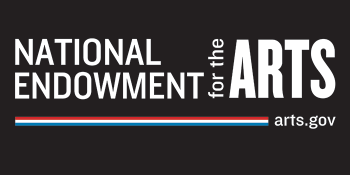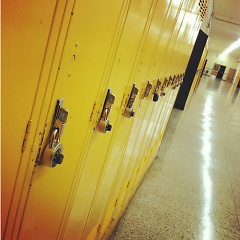Invasive species can be a very in-depth and challenging topic to take on, even for high school students, let alone for first graders! However, as our lesson ended, we left the classroom confident that these students understood, to an extent, exactly what invasive species are- organisms that take over environments they are not native to- and why they are classified as such. This was a very beneficial learning experience for ourselves as well as other students at our school, the West Michigan Academy of Environmental Science.
During the lesson, we introduced the basics of invasive species and showed some examples, including the infamous emerald ash borer. The first-graders of Marybeth Sattler's class then created their own invasive species and explained why they were labeled as such. We were able to share hands on experiences with these children and get a taste of what it’s like to plan out and then follow through with teaching a class.
We also learned some new information about invasive species ourselves, seeing as we had to research and understand the topic thoroughly to teach it clearly. The next challenge was finding a suitable method of teaching this to 6-7 year-olds in a way that was more approachable for them.
Teaching can be one of the best feelings in the world! The children were bright and enthusiastic, which gave us the confidence to teach with ease. The overall feeling of being there and having them rely on us to lead them on through the lesson was amazing. They interacted with us, two high school students who they hadn’t met before, without a second thought. It was fantastic to be able to help educate the future generation of our school and promote collaboration in the future.
Our school feels that developing a community in which all can grow and learn together is imperative to how the school functions. This is what we tried to help build on as well. The students we worked with were all very smart and capable of becoming so much and we thoroughly believe that experiences like this help all of us achieve success.
From this experience, we drew many things that will help further us as people, as well as further us as students. We will be in college within the next couple of years and now teaching is something that we will consider as a profession, in part because of this one experience.
It will always serve as inspiration to us to further our own learning and to push ourselves to our full potential just like the first graders of Sattler’s class here at West Michigan Academy of Environmental Science.
Written by Tyler Bowman & Nicole Smith, WMAES high school students.
Edited by Rob Slider, WMAES Environmental Science Teacher
The Rapidian, a program of the 501(c)3 nonprofit Community Media Center, relies on the community’s support to help cover the cost of training reporters and publishing content.
We need your help.
If each of our readers and content creators who values this community platform help support its creation and maintenance, The Rapidian can continue to educate and facilitate a conversation around issues for years to come.
Please support The Rapidian and make a contribution today.

